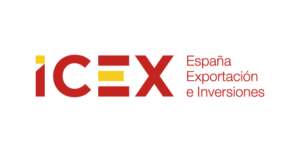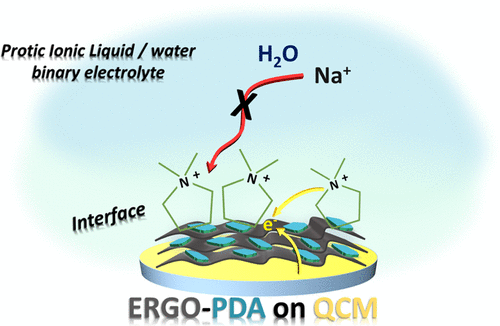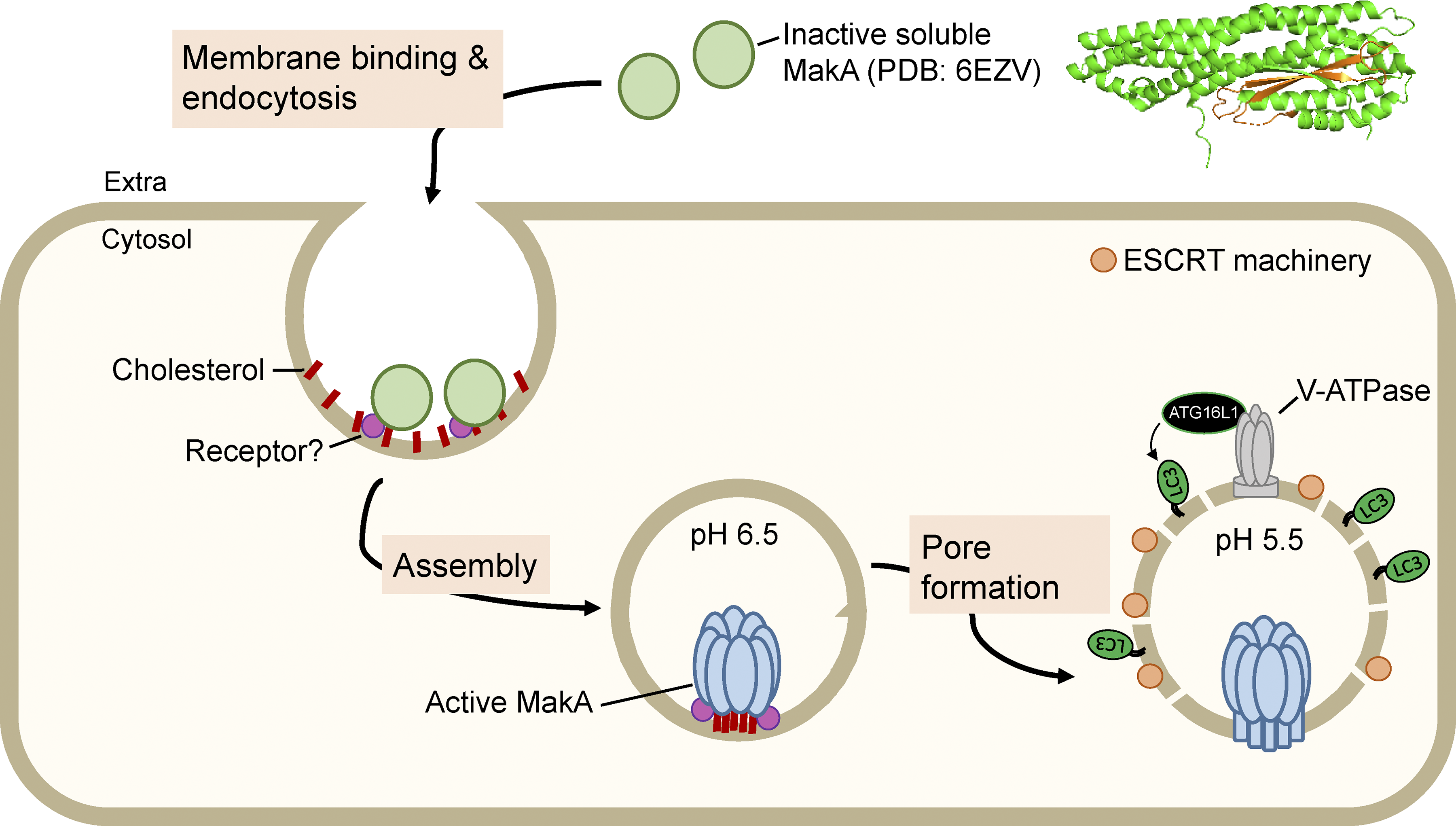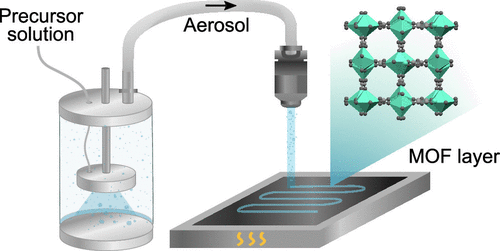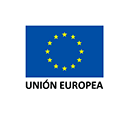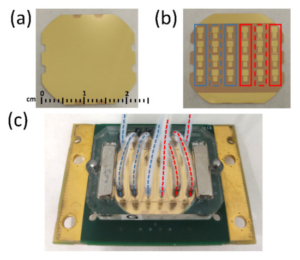AWSensors participa en el programa INVEST IN SPAIN
Advanced Wave Sensors S.L. (AWSensors) en el marco del Programa INVEST IN SPAIN, ha contado con el apoyo de ICEX y con la cofinanciación del fondo europeo FEDER para el desarrollo de su proyecto de investigación industrial en el campo de la funcionalización bioquímica de superficies. El objetivo de este proyecto era el desarrollo de protocolos de modificación de la superficie de los sensores QCMD comercializados por la empresa que limiten la adsorción inespecífica a la vez que maximicen las interacciones moleculares específicas.
Durante el transcurso del proyecto, se seleccionó un conjunto de reactivos potenciales en base a la investigación bibliográfica, se desarrollaron protocolos para modificar las superficies de los sensores y evaluar el desempeño de los sensores modificados; Se diseñaron y fabricaron herramientas dedicadas para ayudar en el proceso de superficie. La evaluación del rendimiento de los sensores QCMD modificados en su superficie condujo a la selección de un reactivo específico para el bloqueo de la adsorción no específica. Adicionalmente, estas modificaciones de la superficie se caracterizaron mediante ensayos de tipo inmunológicos (unión antígeno y anticuerpo modelo) para evaluar su utilidad.
Los protocolos desarrollados durante el transcurso del proyecto nos han permitido el desarrollo de un producto comercial, el sensor QCMD con superficie biotinilada, que esperamos introducirlo en el mercado a fines del verano de 2023. Este producto ofrecerá a los usuarios de nuestra tecnología mayores facilidades a la hora de adaptar la superficie del sensor al ensayo y moléculas necesarias para el desarrollo de los mismos.
